If we look at laptop charging, the current trend here is GaN technology. The classic silicon has been replaced by gallium nitride, thanks to which the chargers can be not only smaller and lighter, but also, above all, more efficient. But what is the future of charging for mobile phones? Many efforts are now turning to the wireless transmission network.
Wireless charging has significant results for mobile devices, IoT devices and wearable devices. Existing technologies use Point-to-Point wireless transmission from the Tx transmitter (the node that transmits power) to the Rx receiver (the node that receives power), which limits the coverage area of the device. As a result, existing systems are forced to use near-field coupling to charge such devices. Also, a major limitation is that these methods limit charging to a small hotspot.
It could be interest you
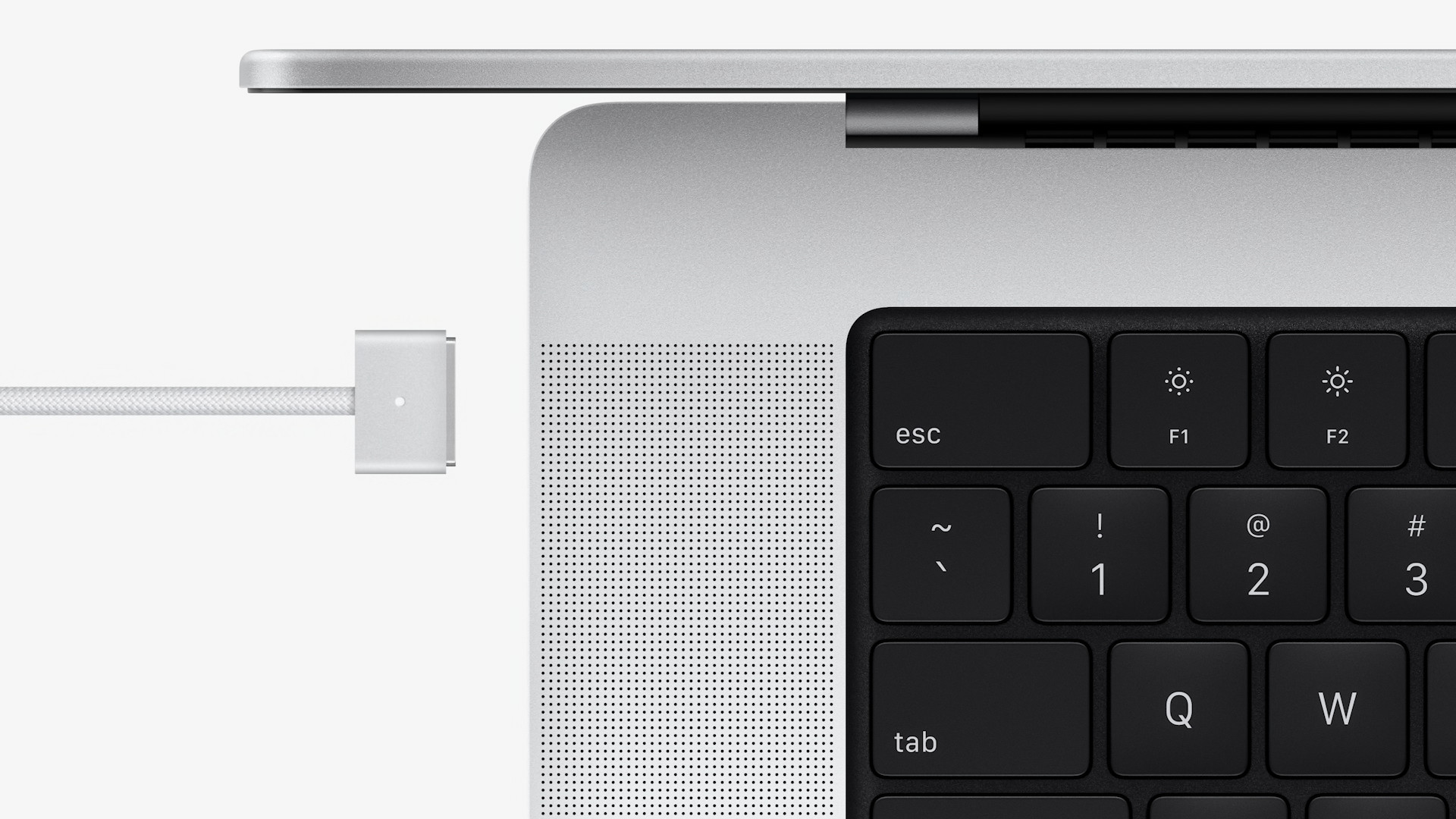
In cooperation with wireless electrical LANs (WiGL), however, there is already a patented "Ad-hoc mesh" network method that enables wireless charging at a distance of more than 1,5 m from the source. The transmitter network method uses a series of panels that can be miniaturized or hidden in walls or furniture for ergonomic use. This revolutionary technology has the unique advantage of being able to provide charging to moving targets similar to the cellular concept used in WiLAN, unlike previous attempts at wireless charging that only allow hotspot-based charging. Charging a smartphone with the help of this system will allow the user to move freely in space, while the device is still being charged.
Microwave radio frequency technology
RF technology has brought transformational changes through many innovations such as wireless communication, radio wave sensing and wireless power transmission. Specifically for the power needs of mobile devices, RF technology offered a new vision of a wirelessly powered world. This can be realized through a wireless power transmission network that could power a range of devices from traditional mobile phones to wearable health and fitness devices, but even implantable devices and other IoT-type devices.
This vision is becoming a reality mainly thanks to the ever-lower energy consumption of modern electronics and innovations in the field of rechargeable batteries. With the realization of this technology, devices may no longer need a battery (or just a really small one) and lead to a new generation of completely battery-free devices. This is important because in today's mobile electronics, batteries are a significant factor affecting cost, but also size, as well as weight.
It could be interest you
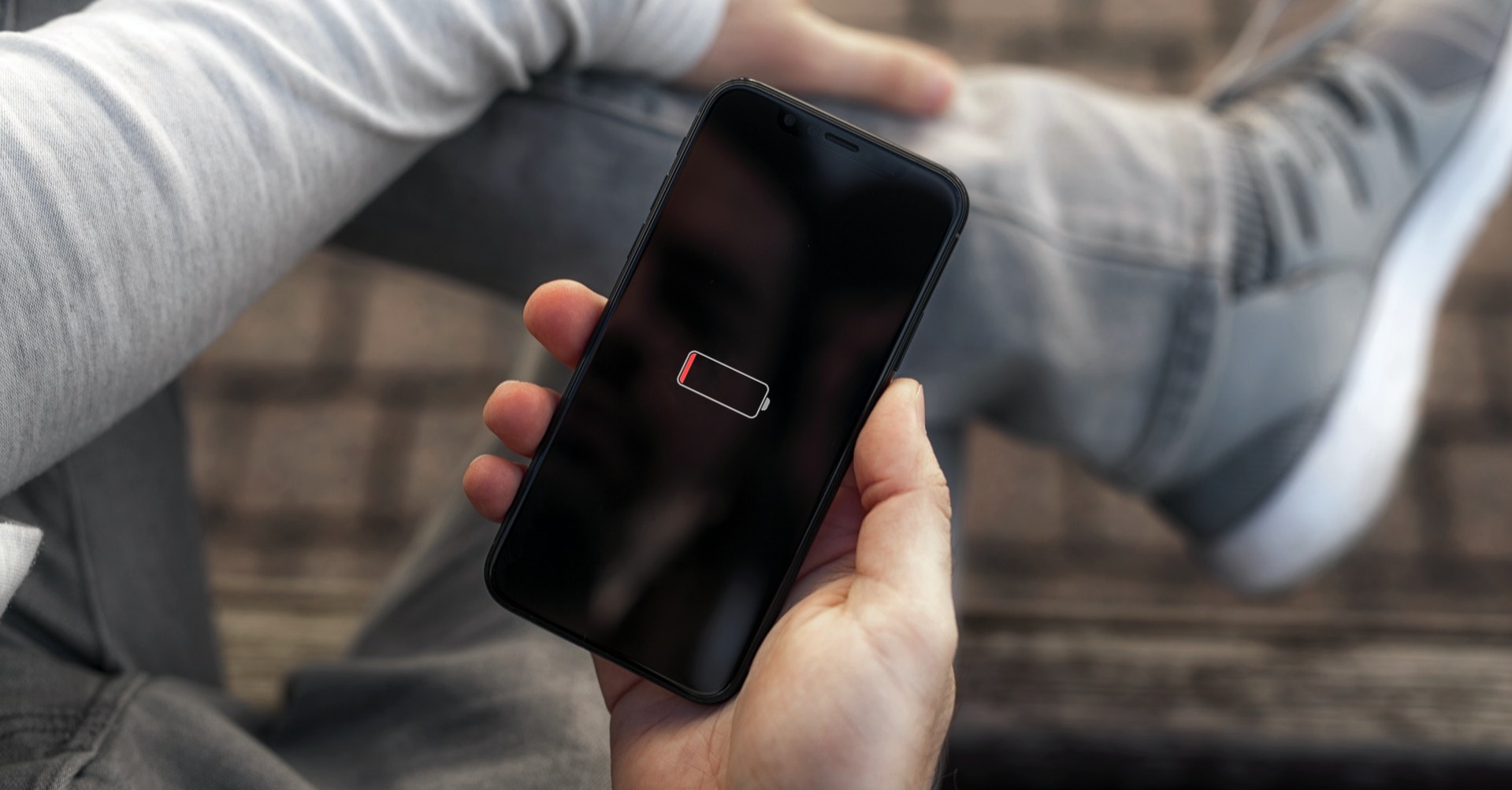
Due to the increase in the production of mobile technology and wearable devices, there is a growing demand for a wireless power source for scenarios where cable charging is not possible or where there is a problem of battery drain and battery replacement is required. Among wireless approaches, near-field magnetic wireless charging is popular. However, with this modality, the wireless charging distance is limited to a few centimeters. However, for the most ergonomic use, wireless charging up to a distance of several meters from the source is necessary, as this will allow users who are engaged in the activities of daily life to charge their devices without being limited to an outlet or a charging pad.
Qi and MagSafe
After the Qi standard, Apple introduced its MagSafe, a kind of wireless charging. But even with her, you can see the necessity of ideally placing the iPhone on the charging pad. If it was previously mentioned how Lightning and USB-C are ideal in the sense that it can be inserted into the connector from any side, MagSafe again puts the phone in an ideal position on the charging pad.
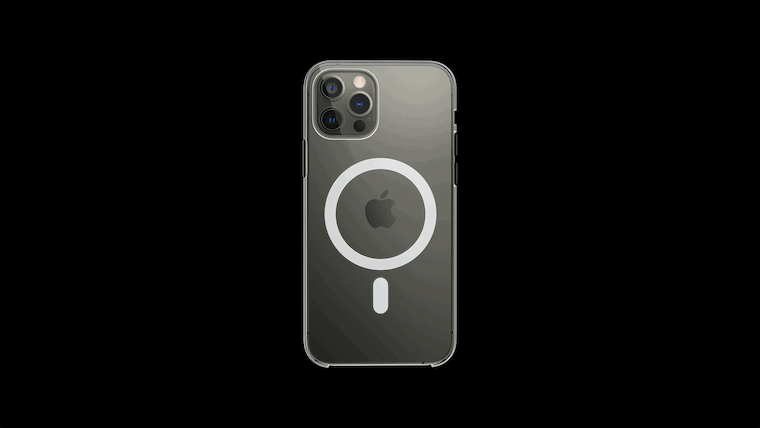
Consider, however, that the first start of the aforementioned technology would only be that you would have the entire desk covered with energy, and not the entire room. You simply sit down, place your phone anywhere on the table top (after all, you could even have it in your pocket) and it would start charging immediately. Although we are talking about mobile phones here, this technology can of course also be applied to laptop batteries, but more powerful transmitters would be needed.
It could be interest you
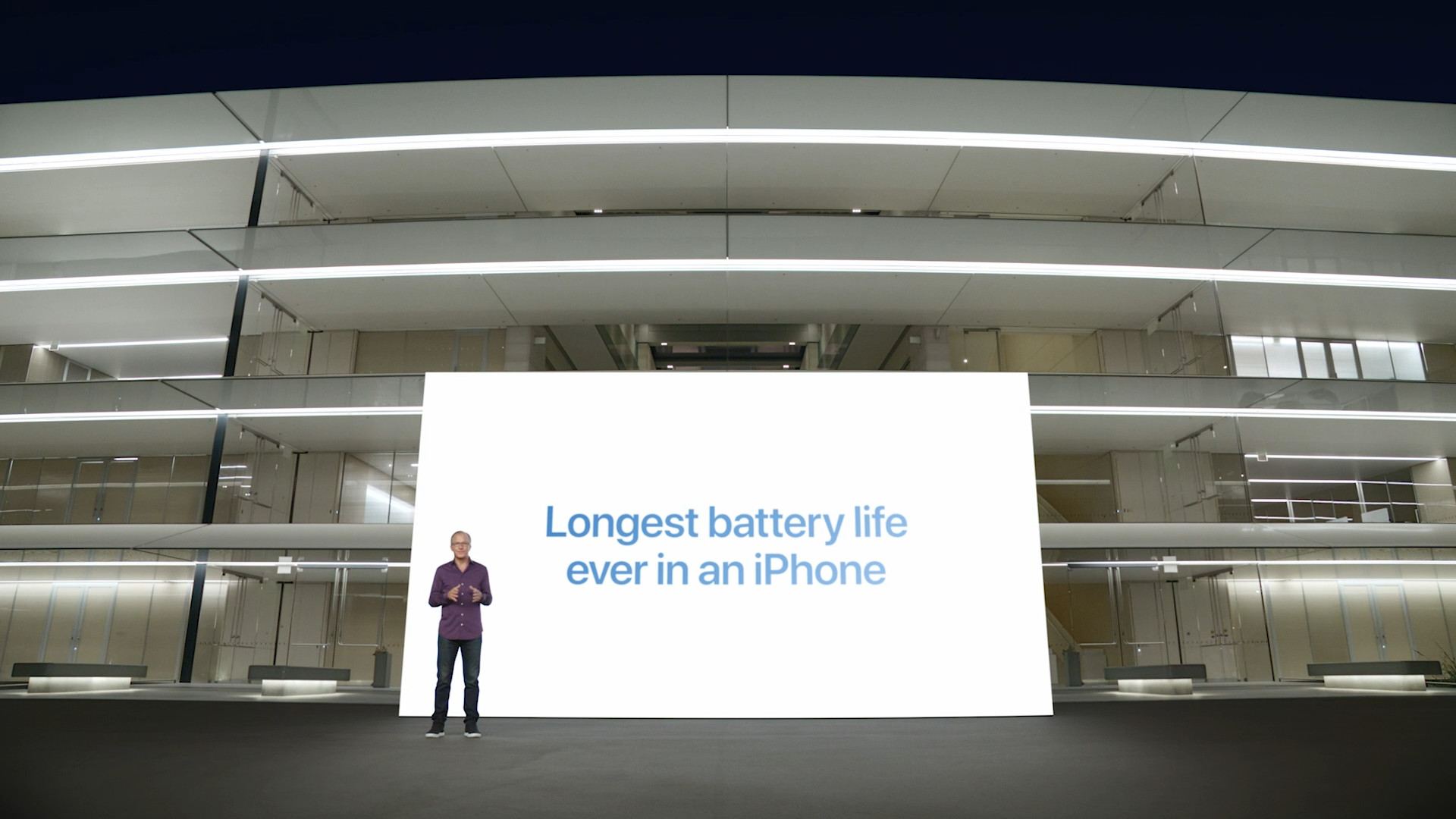

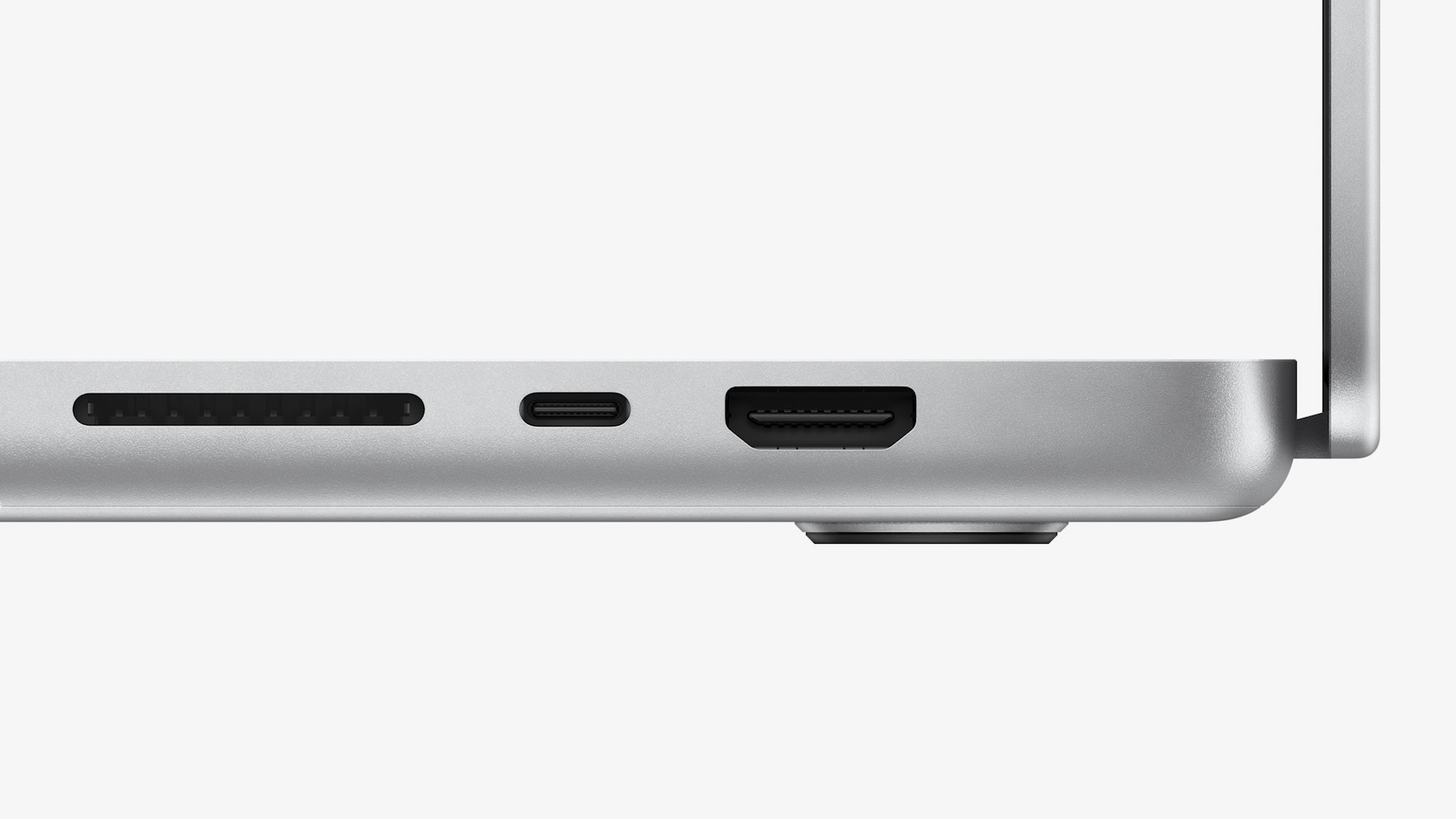
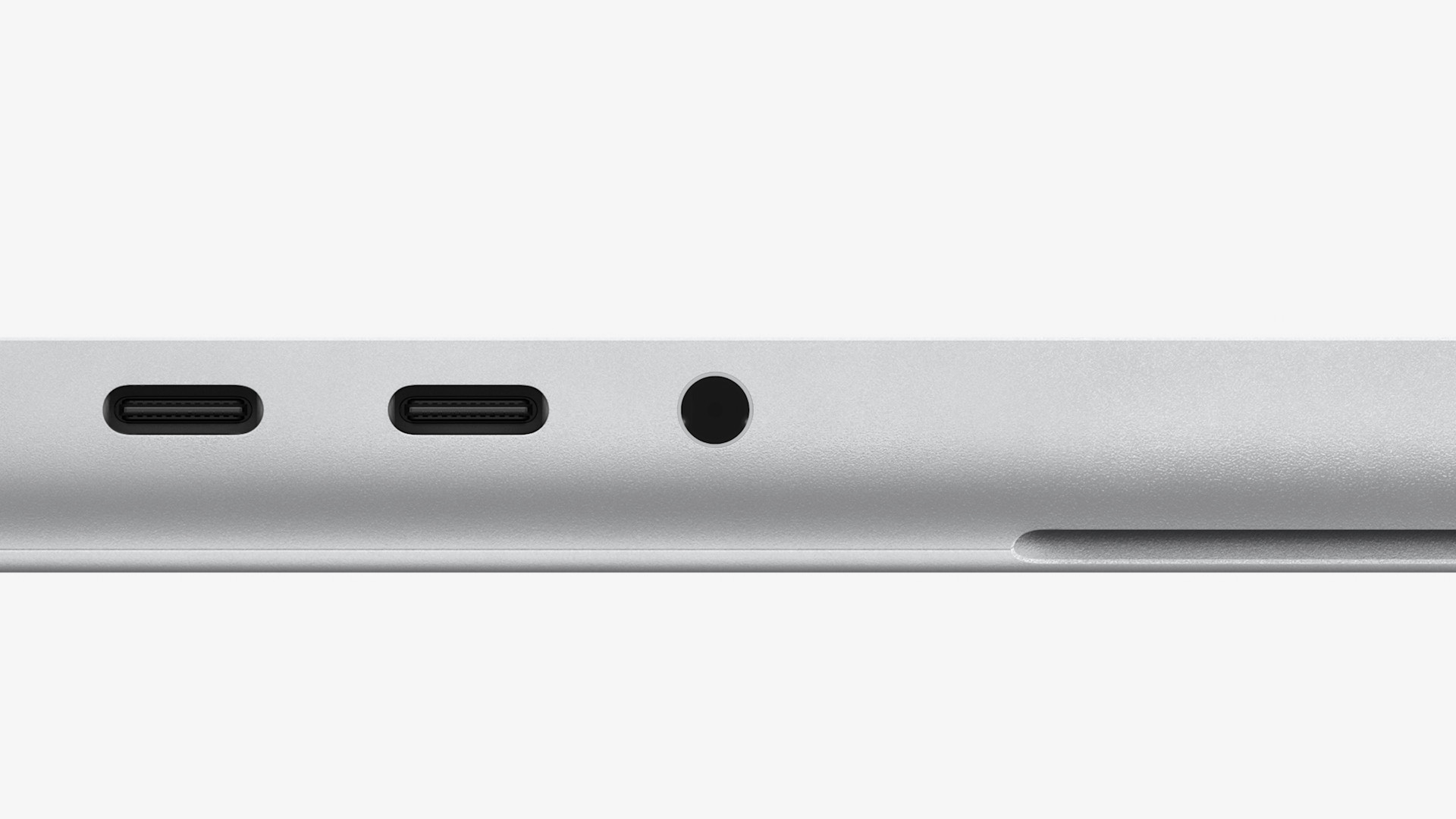
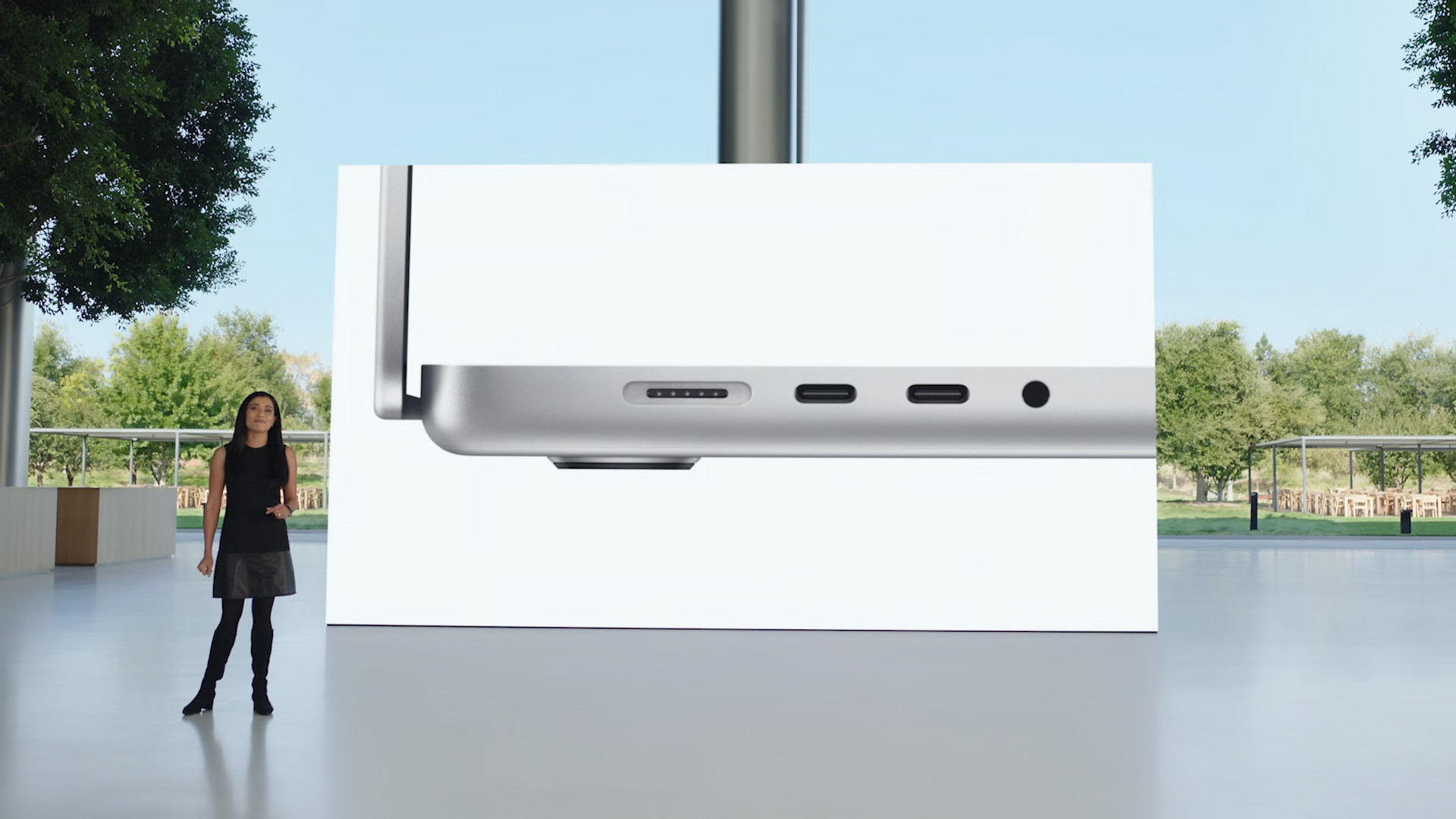
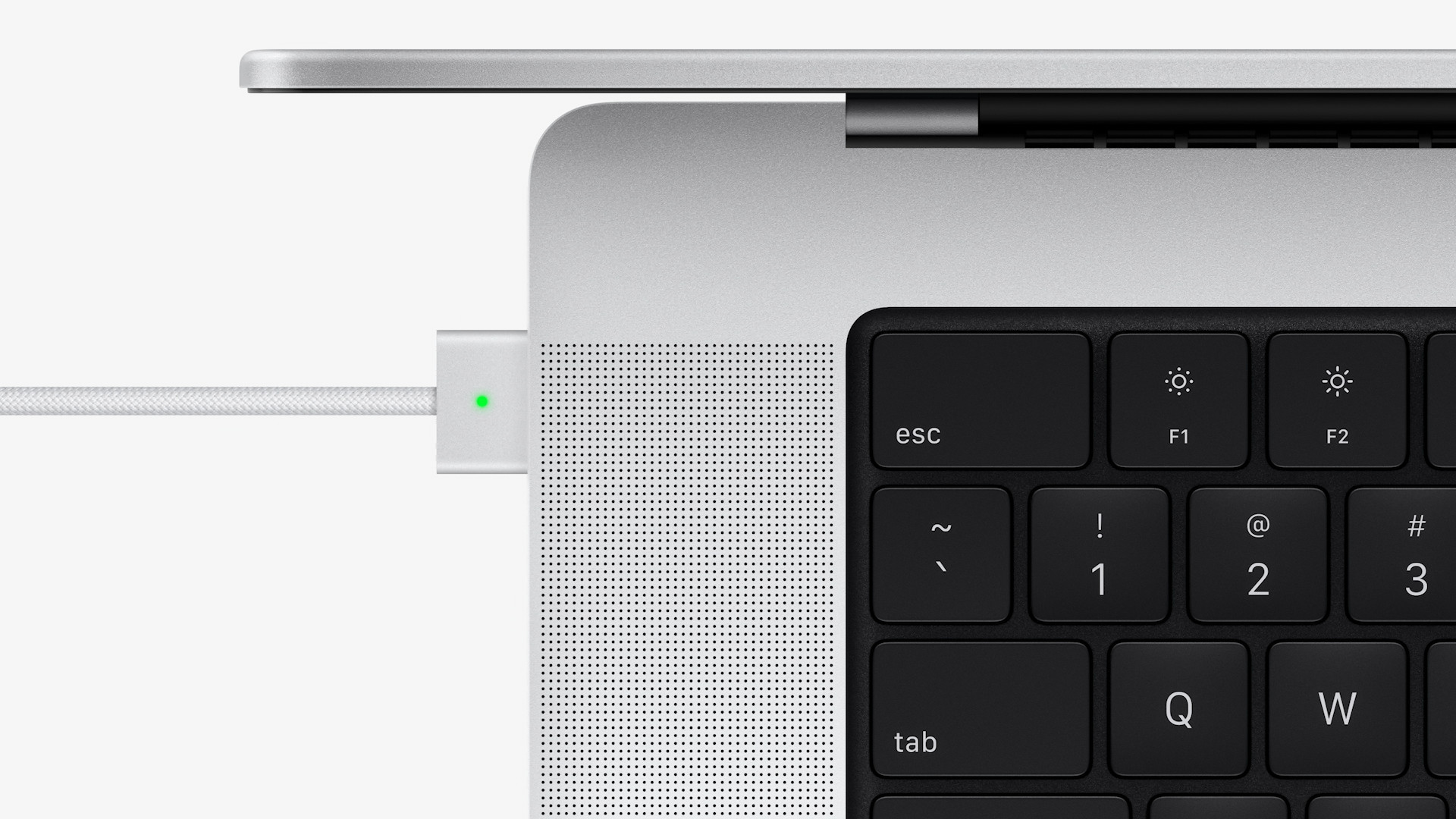
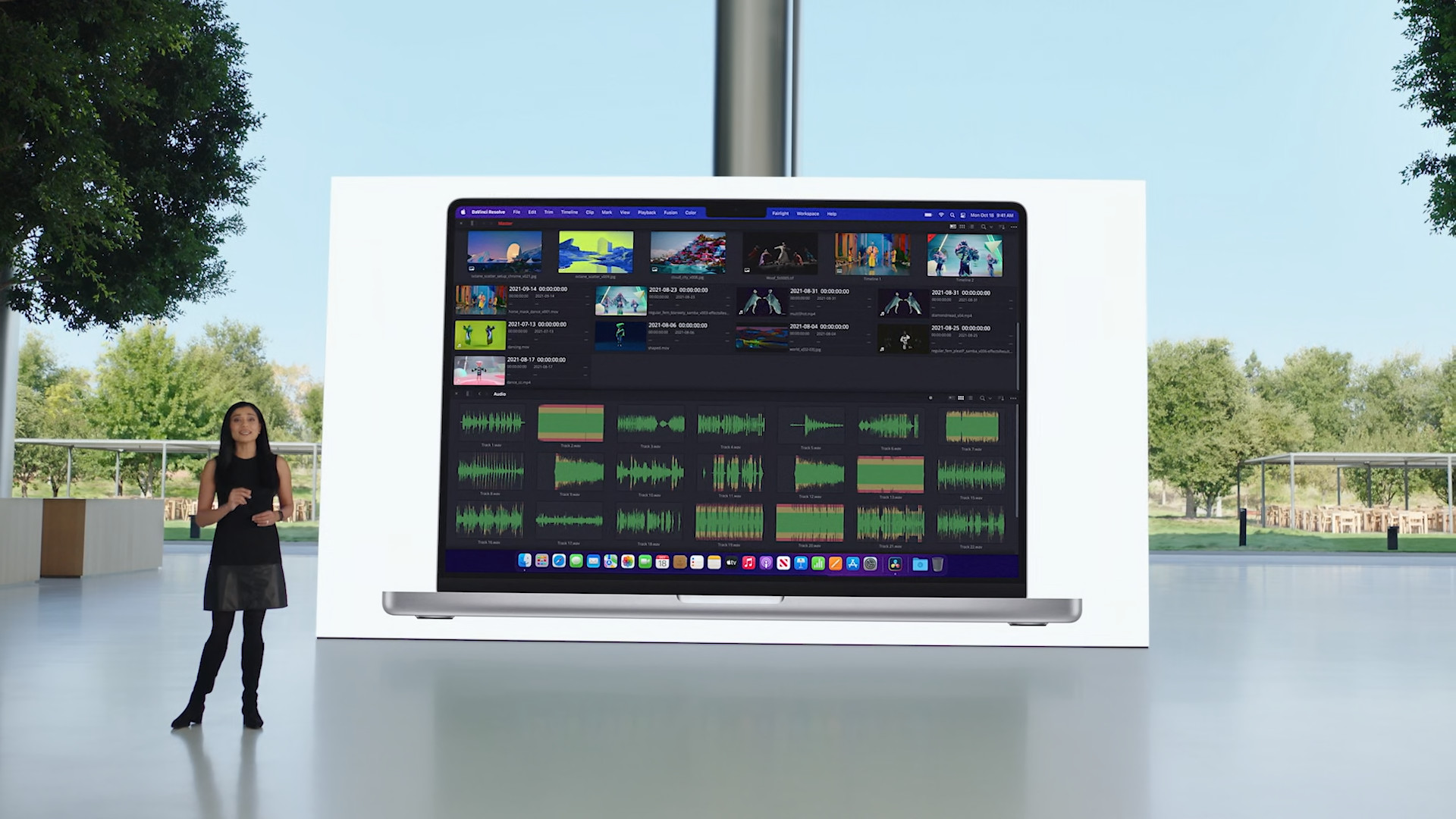
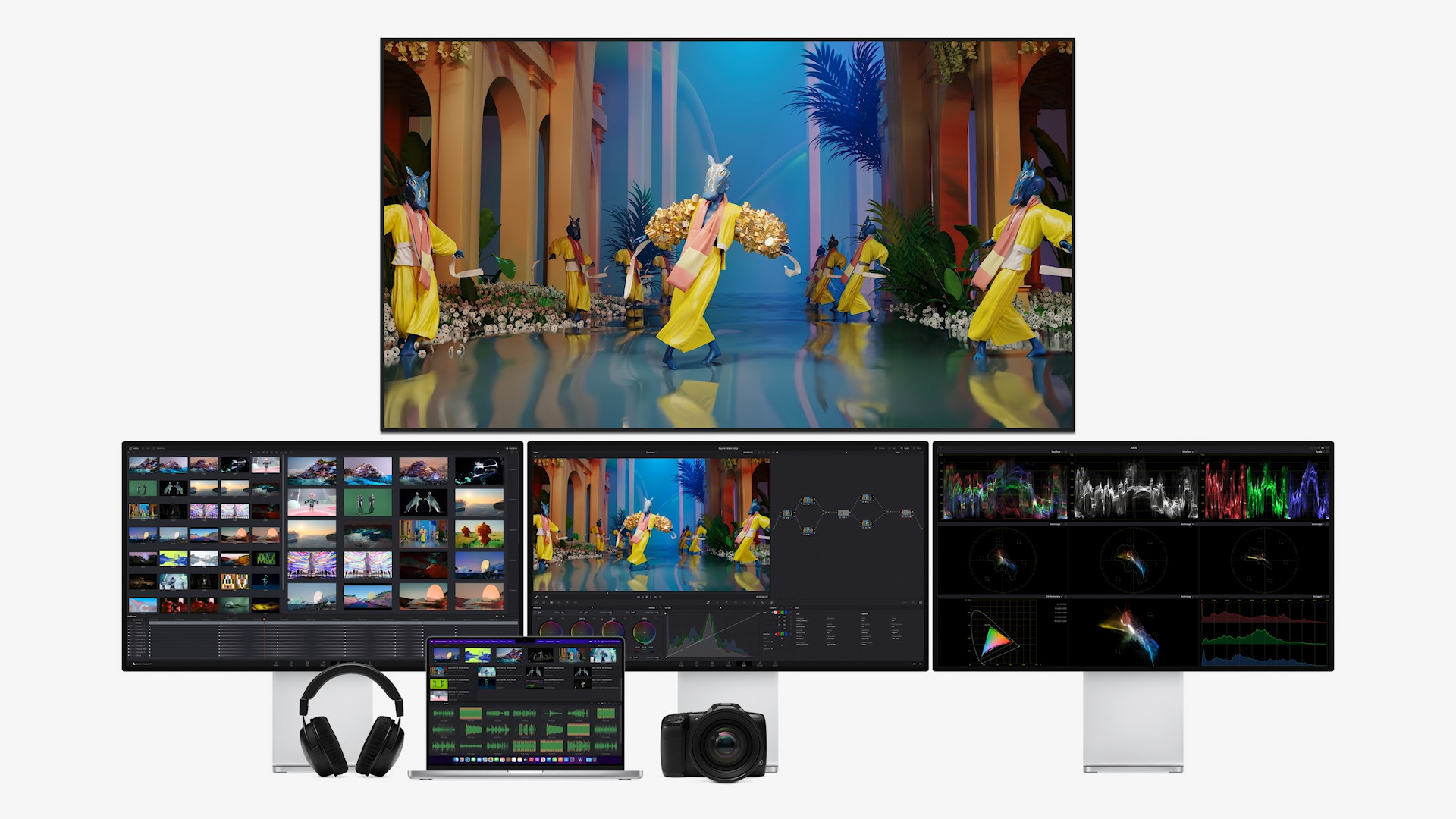

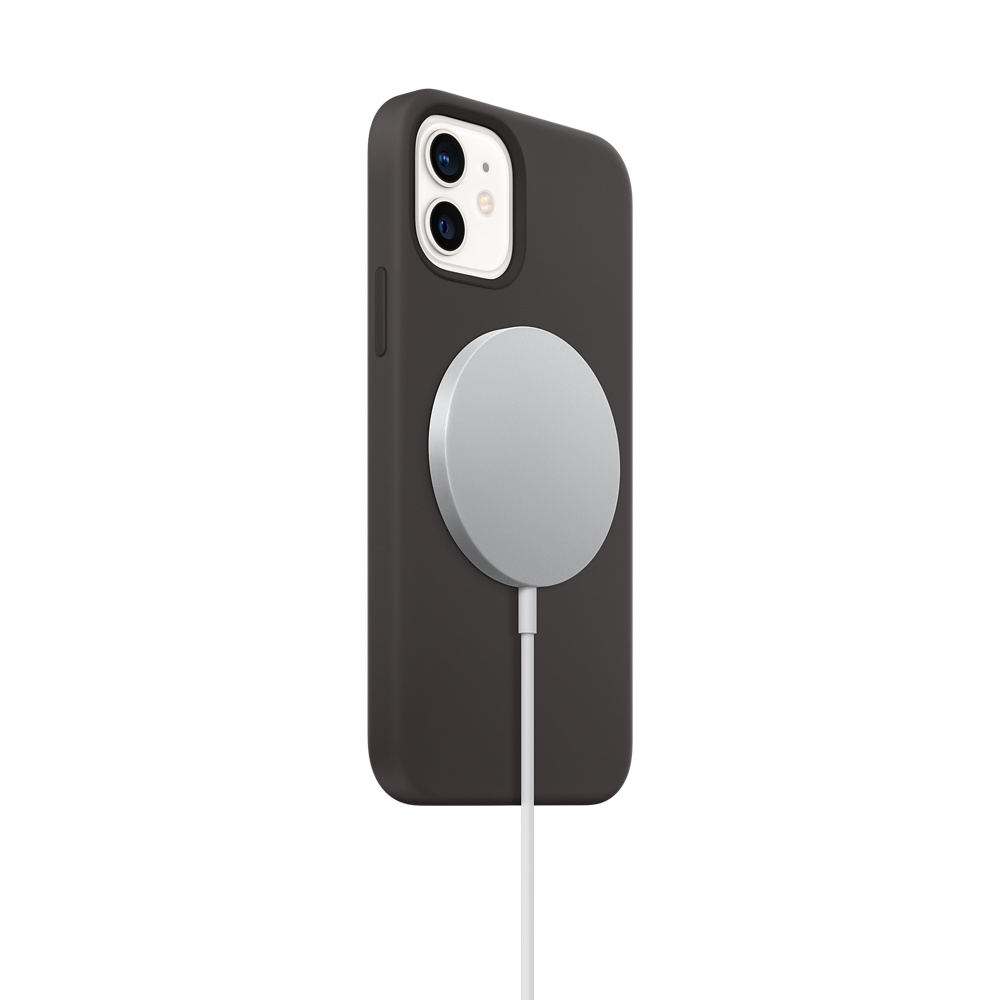
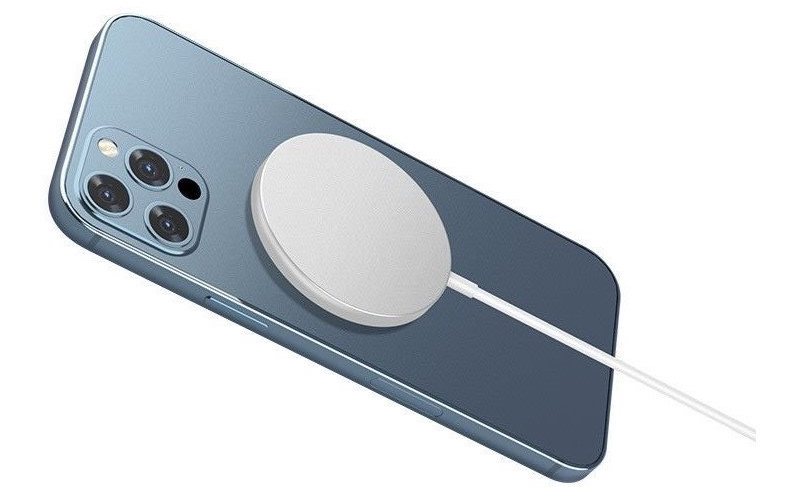
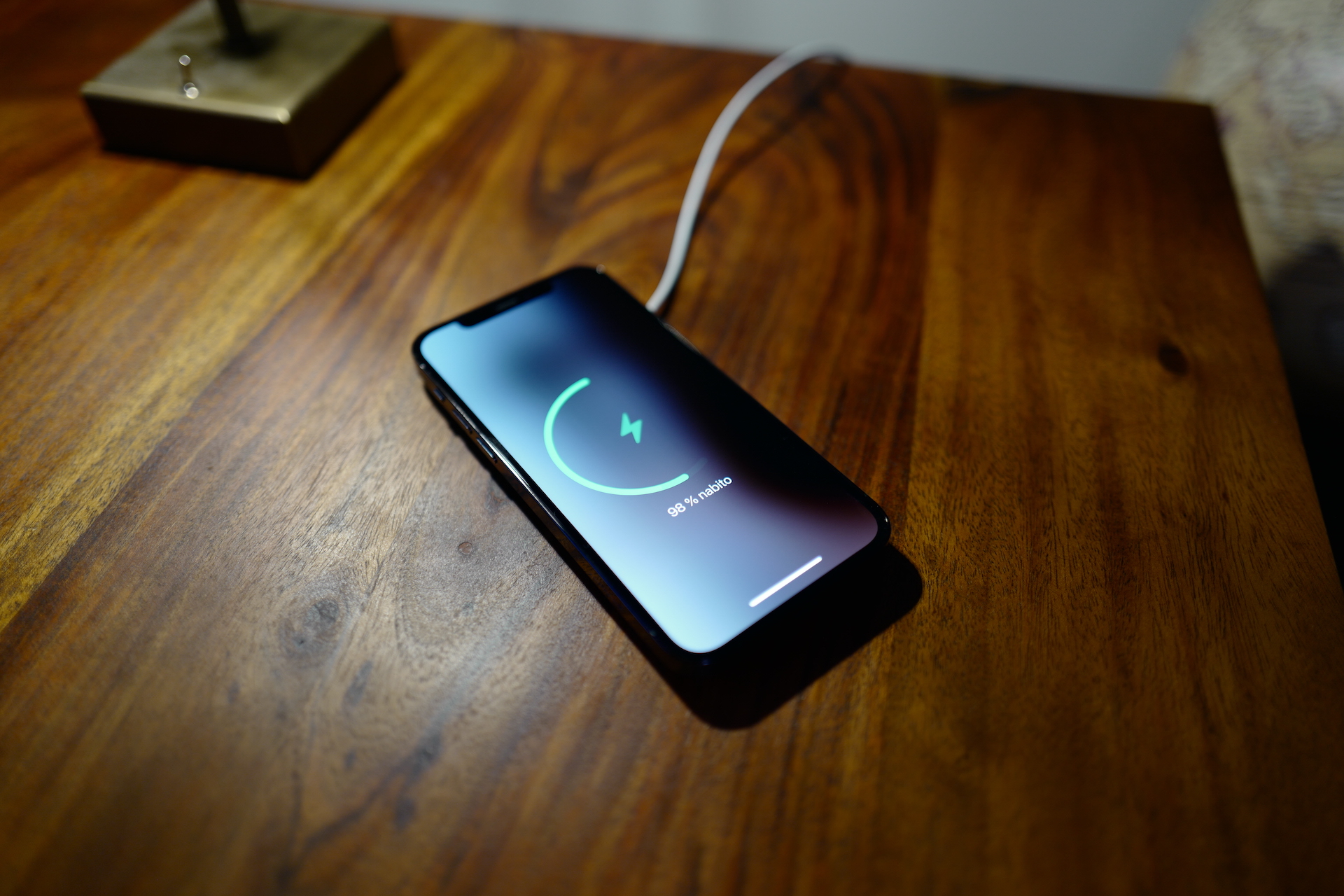
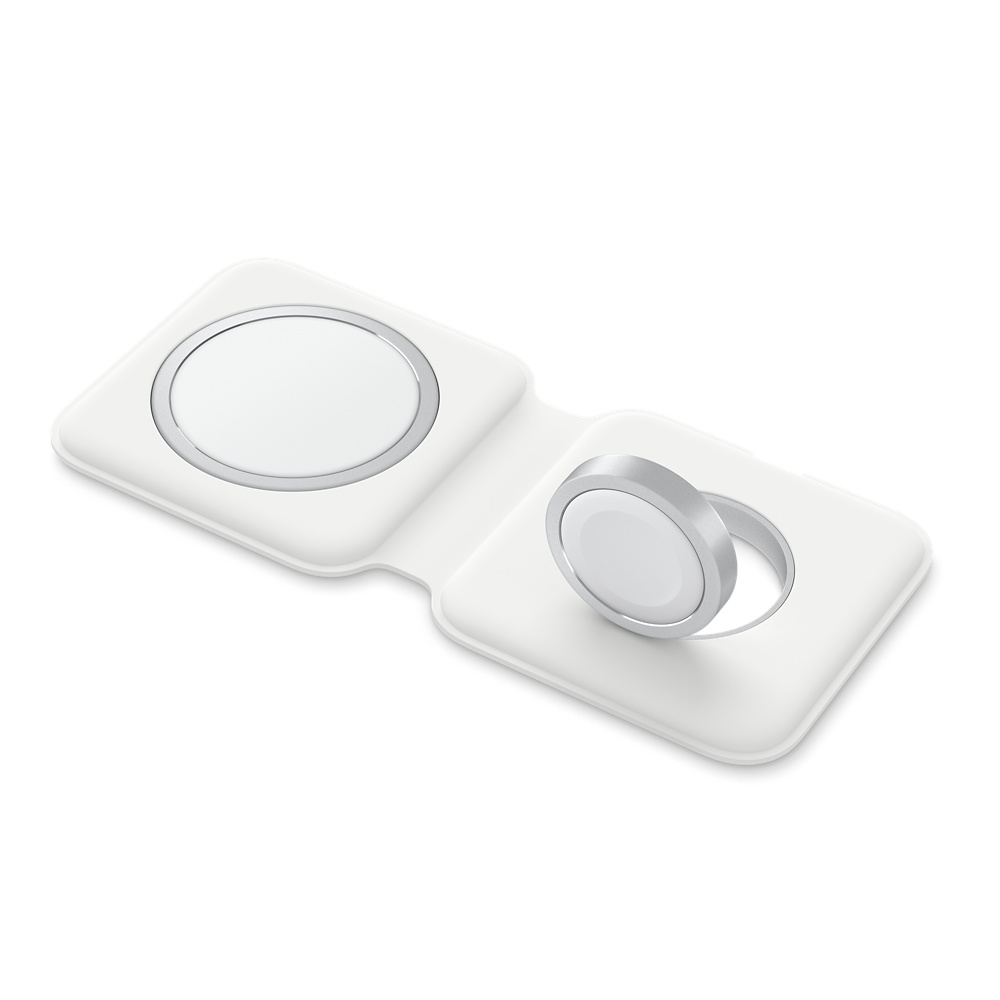

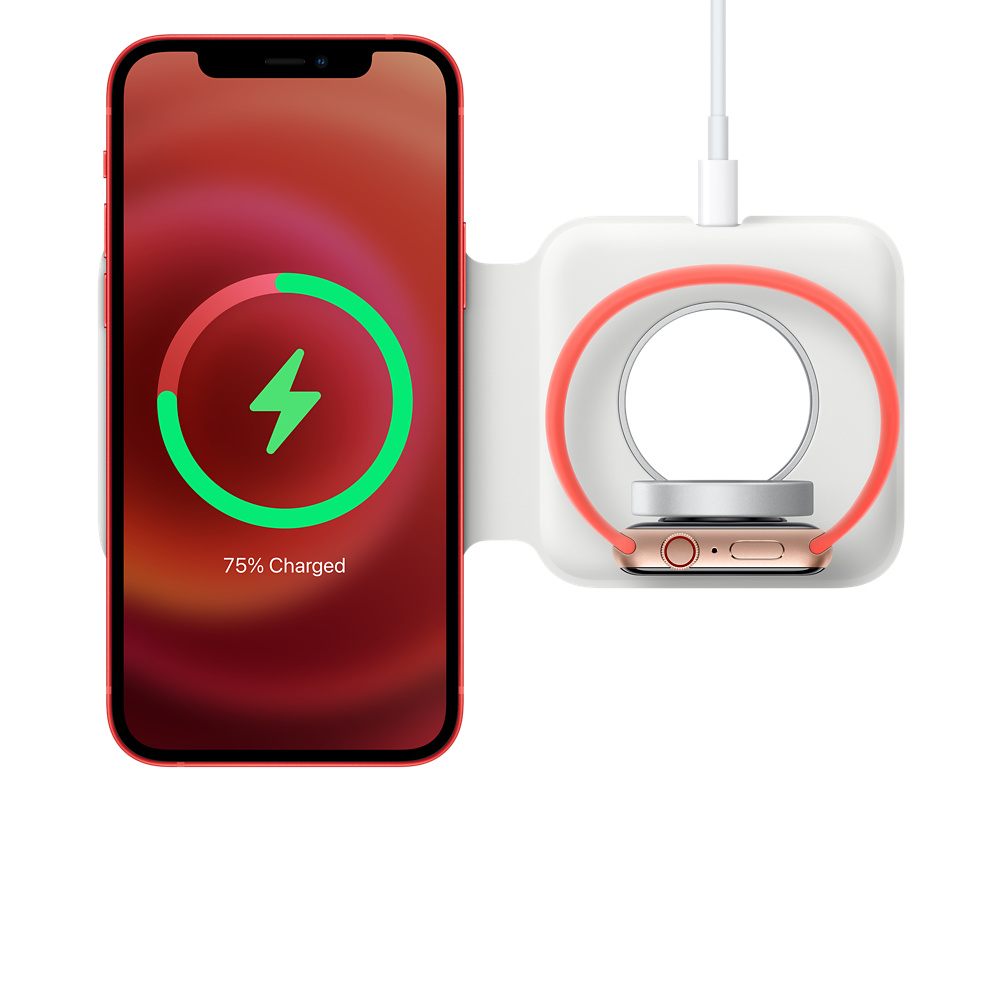
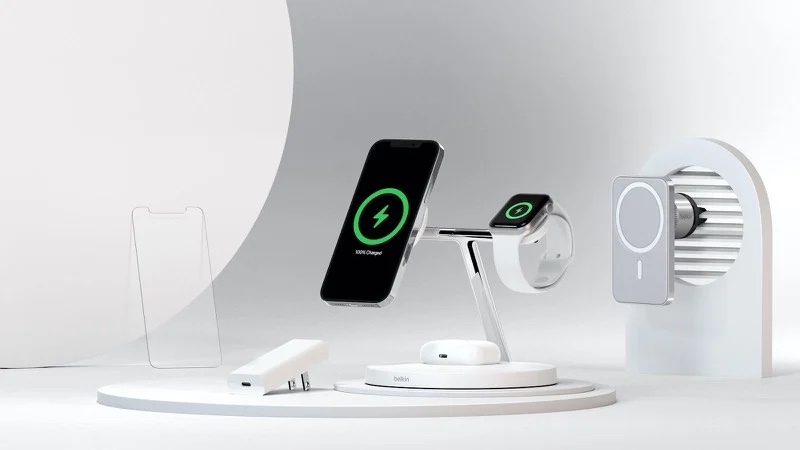
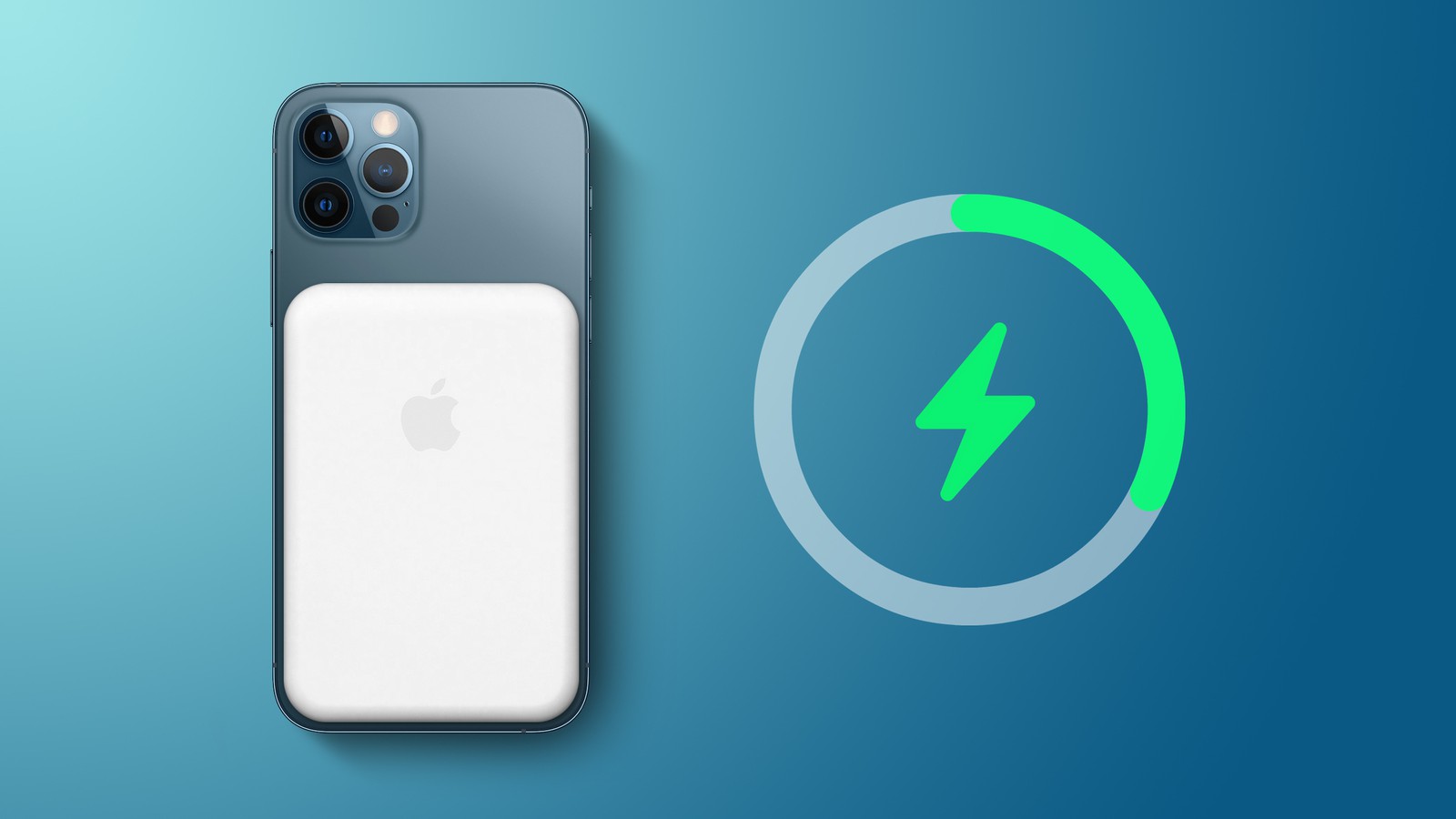

 Adam Kos
Adam Kos